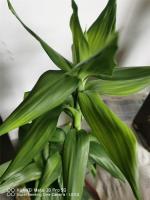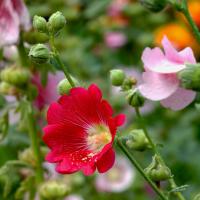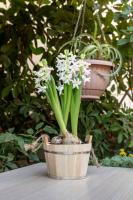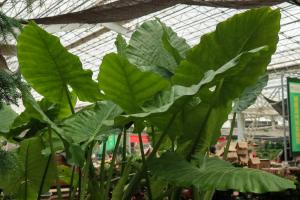When to Plant Tomatoes in Nova Scotia
Tomatoes are a favorite crop of many gardeners in Nova Scotia. They are versatile, easy to grow, and delicious. However, planting tomatoes at the right time is critical for a successful harvest. In this article, we will discuss when to plant tomatoes in Nova Scotia.
The Climate in Nova Scotia
Nova Scotia's climate is maritime, meaning it is influenced heavily by the Atlantic Ocean. The summers are cool and short, while the winters are long and cold. This can make planting a challenge, particularly for warm-season crops like tomatoes. The average last frost date in the spring is around May 25, while the first frost in the fall usually occurs by mid-September.
Starting Tomatoes Indoors
One way to get a head start on the growing season is to plant tomato seeds indoors. Generally, seeds should be started six to eight weeks before the last frost date. This means that in Nova Scotia, seeds should be started in mid-April to early May. You will need to transplant the seedlings outside once the soil has warmed up enough, usually around mid-June.
Direct Seeding Tomatoes
If you prefer to plant your tomatoes directly into the garden, you will need to wait until the soil has warmed up enough. Tomatoes prefer warm soil with a temperature of at least 55°F (13°C). In Nova Scotia, this usually occurs around late May to early June. Planting too early can result in stunted growth or even death.
Choosing the Right Tomato Variety
Another factor to consider when planting tomatoes in Nova Scotia is the variety. Generally, it is best to choose tomato varieties that are adapted to cooler climates. These varieties will be labeled as suitable for zones 4 and 5. Some good options include Siberia, Sub-Arctic Plenty, and Glacier. These varieties have a shorter growing season and can tolerate cooler temperatures.
Caring for Tomatoes in Nova Scotia
Even with the right timing and variety, growing tomatoes in Nova Scotia requires some care. Tomatoes need consistent moisture – aim for about one inch of water per week. Mulching around the plants can help to retain moisture and prevent weeds. Tomatoes also need support as they grow, whether it be from stakes, cages, or trellises. Finally, be on the lookout for pests and diseases, which can quickly take down a healthy plant if not addressed promptly.
In Conclusion
Planting tomatoes in Nova Scotia can be a challenging but rewarding experience. By starting seeds indoors or waiting until the soil has warmed up outside, choosing the right variety, and caring for the plants properly, you can enjoy a bountiful harvest of juicy, flavorful tomatoes.

 how many times do yo...
how many times do yo... how many planted tre...
how many planted tre... how many pine trees ...
how many pine trees ... how many pecan trees...
how many pecan trees... how many plants comp...
how many plants comp... how many plants can ...
how many plants can ... how many plants and ...
how many plants and ... how many pepper plan...
how many pepper plan...

































